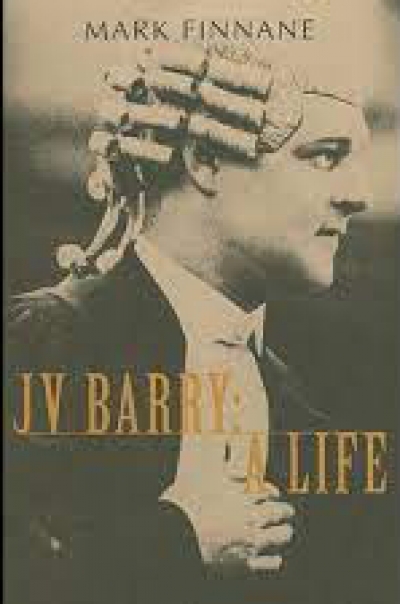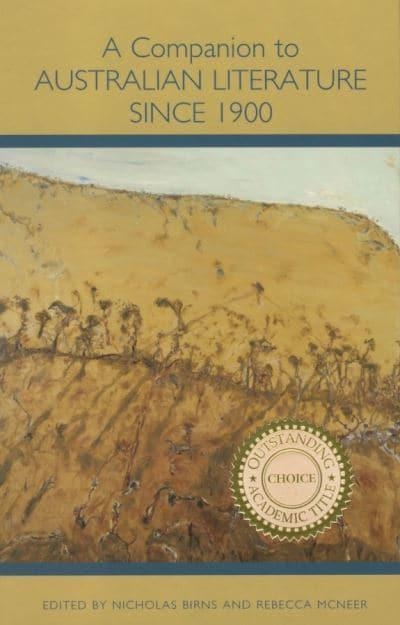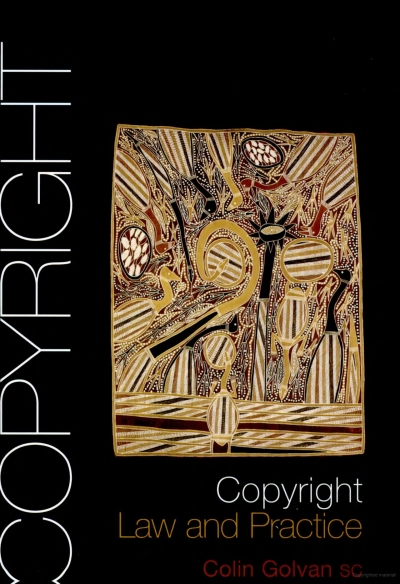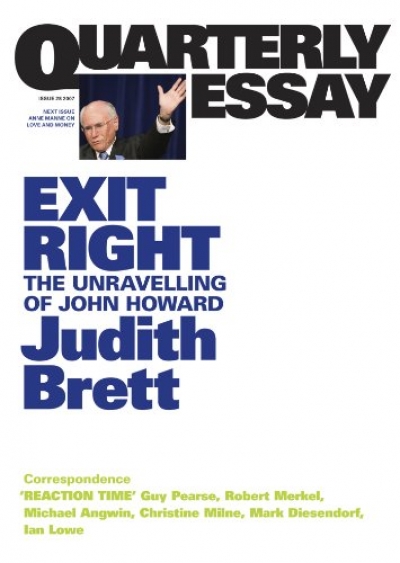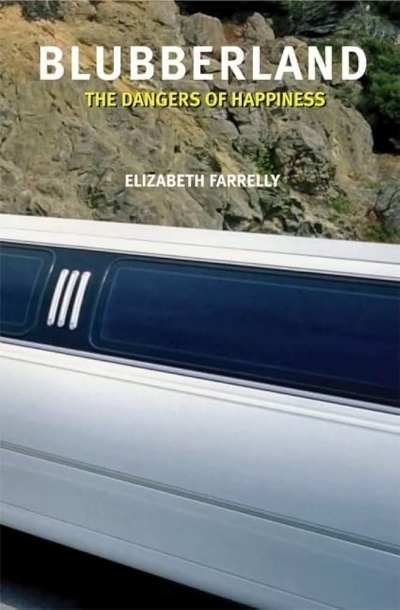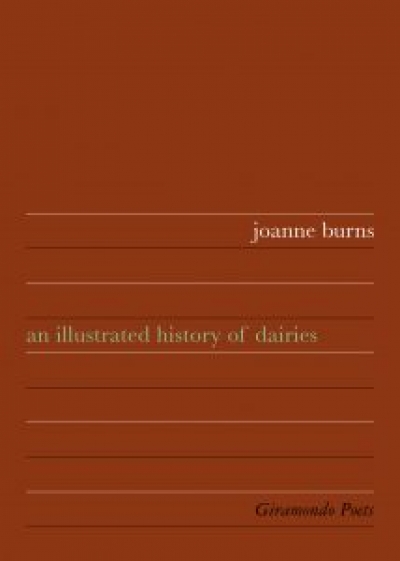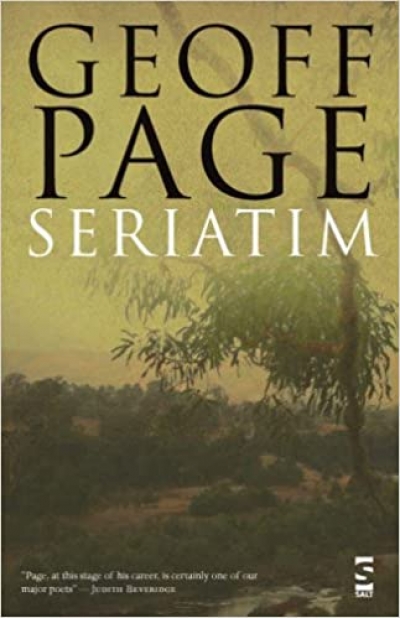Archive
During a lull in the fiercest weather event the south-east of the continent has seen in thirty years – we call them ‘events’ these days, as though someone’s putting them on – I went out on a Sunday morning and bought myself a book.
I should tell you that we live on an acre in the country one hundred and t ...
A Companion to Australian Literature Since 1900 edited by Nicholas Birns and Rebecca McNeer
Exit Right by Judith Brett & Poll Dancing by Mungo MacCallum
Two Essayists Share $10,000 Prize
This year’s Calibre Prize for an Outstanding Essay has been won by Rachel Robertson and Mark Tredinnick. This is the first time that the Calibre Prize – a joint initiative of ABR and of the Copyright Agency Limited – has been shared (last year’s winner, in the inaugural year, was Elisabeth Holdsworth).
One hundred and twenty-seven essayists entered the competition, an increase on last year. The judges on this occasion were Kerryn Goldsworthy (a former Editor of ABR), Paul Hetherington (Director, Publications and Events, National Library of Australia) and Peter Rose (Editor of ABR). Their choice was not an easy one. Eighteen essays were long-listed, across a range of essayistic genres, from the personal, the speculative and the journalistic to the political and the historical. More so than last year, ecological and environmental themes were prominent, as if a decisive review of priorities and menaces is under way in the popular imagination.
... (read more)Blubberland by Elizabeth Farrelly & Two Kinds of Silence by Kathryn Lomer
T/here
By Judith Bishop
This is not a place for candles, or the scent of red cedar
gathered on a hill to burn, or native plum, lit at night
to hold the urgent dead at bay: you won’t wake to hear
the click of brumbies’ hooves on a road that flows
to where the humans are, or blink to see the mob
jittering in the dawn air:
this is not a house
of language, in the first sense of the word, the one
in which it made the world, this is not a place of origin,
ground, or single source: this is not a road for drinking
in the middle of the night: you won’t see
the ink of fire moving night and day across

